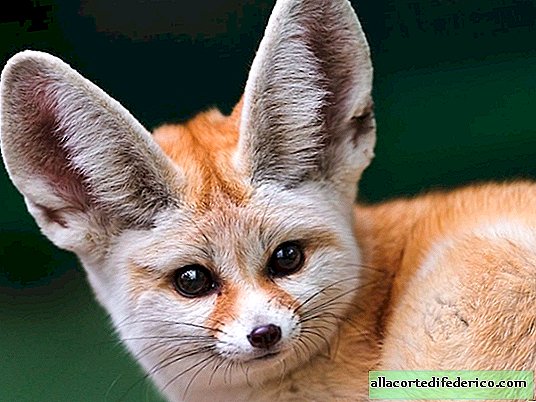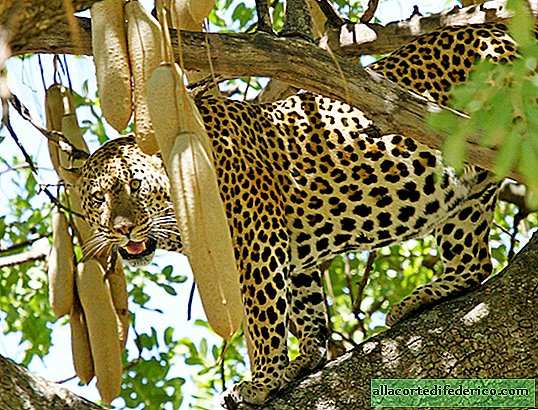Fenech: why do the smallest foxes on the planet have such big ears
Fenech is the smallest fox on the planet that lives in the Sahara desert. She is so tiny that even a domestic cat is bigger than her. Outwardly, Fenech is very similar to its fox relatives: the same fluffy tail, red fur and a narrow muzzle. But his ears are very different from foxes: they are simply incredibly large.

Feneki, like all other foxes, belong to the canine family. But at the same time, some scientists insist on the isolation of this species in a separate genus. The fact is that they differ from the rest of the foxes in fewer chromosomes, as well as the absence of musk glands.

The dimensions of Fenech are about 30-40 centimeters, and the weight does not exceed 1.5 kg. They live in Africa and are found throughout the Sahara, but most of them in the central low-populated corners of the desert. They take shelter from the scorching sun in their burrows, and with the onset of darkness go hunting.

Feneki lead a social lifestyle and live in large families, which consist of parents and their offspring of different ages. The entire fox family lives in a large hole, which necessarily has several exits and an extensive system of moves. Such precautions allow the Fenechs to escape from their enemies: caracals, hyenas, eagle owls, leopards and humans.

Feneki go hunting mainly at night. This is due to the fact that in Sahara, where the daily temperature exceeds 40 ° C degrees in the shade, all life freezes before sunset. Despite the social lifestyle, the Phoenix hunt alone. The variety of food resources in the hot sand of the Sahara is small, so the Phoenix is quite unpretentious in food. They can be content with the liquid that is obtained from food, a significant amount of time without water. Feneki eat small birds, jerboas, voles, lizards, various insects, and also do not mind eating eggs. The menu of tiny chanterelles also contains plant foods: leaves, fruits and roots of plants.

It is noteworthy that the body of Fenech does not have sweat glands. In all likelihood, this is due to the fact that under conditions of constant lack of water, the body has developed a different mechanism of thermoregulation. A decrease in body temperature occurs due to large ears. Fenech has the largest ears in relation to body size among all predatory mammals. Such a large surface of the ears provides increased heat transfer in hot desert conditions and saves the animal's body from overheating.


The Fenech population is quite stable and the welfare of the species is not a concern. Some animal lovers keep Fenech at home, because their miniature size is the best suited for home maintenance.

















